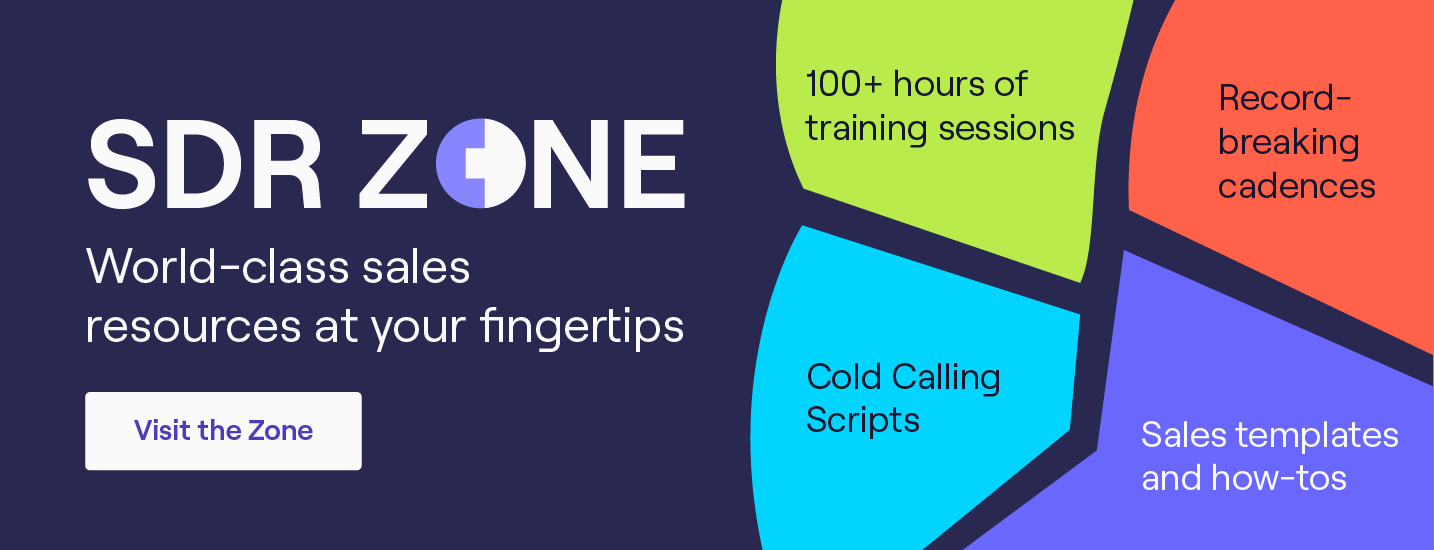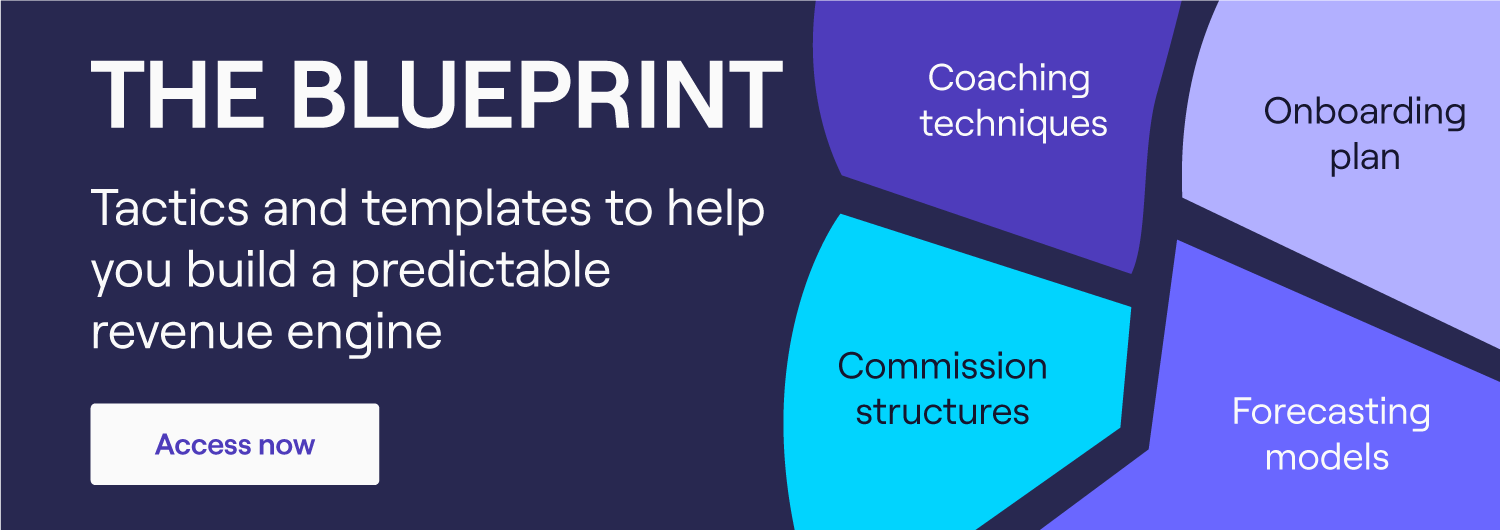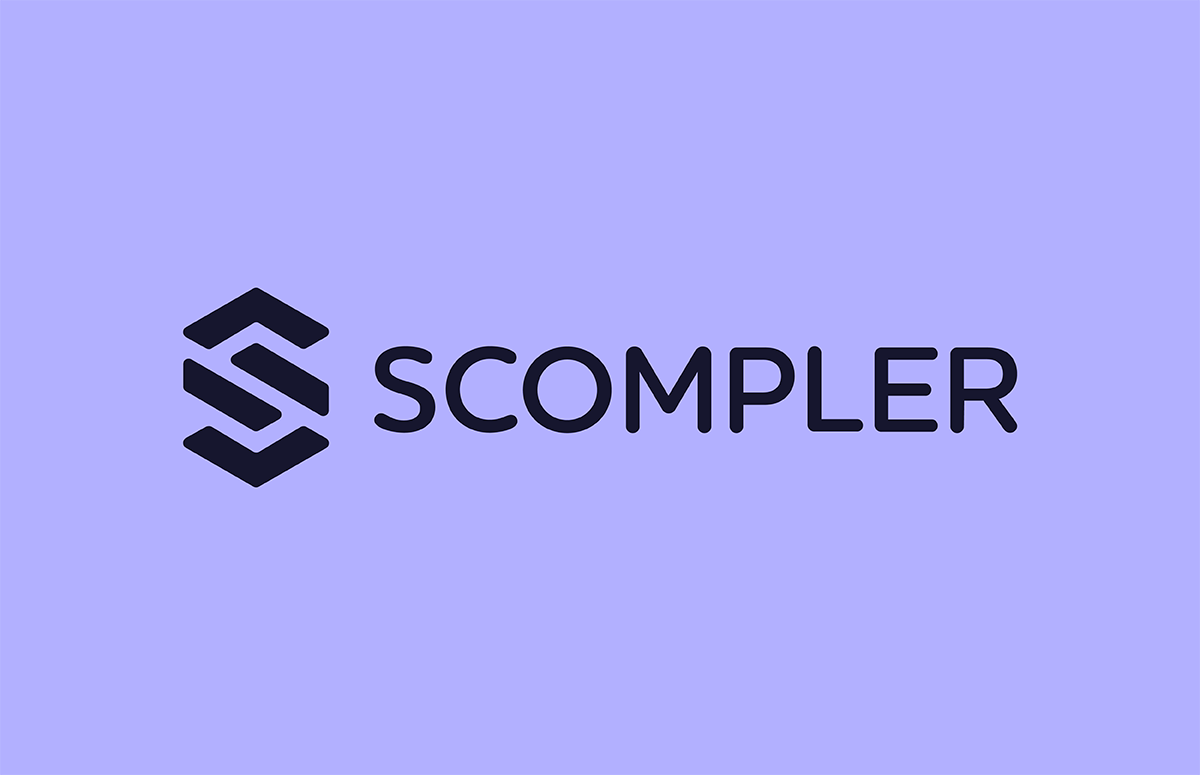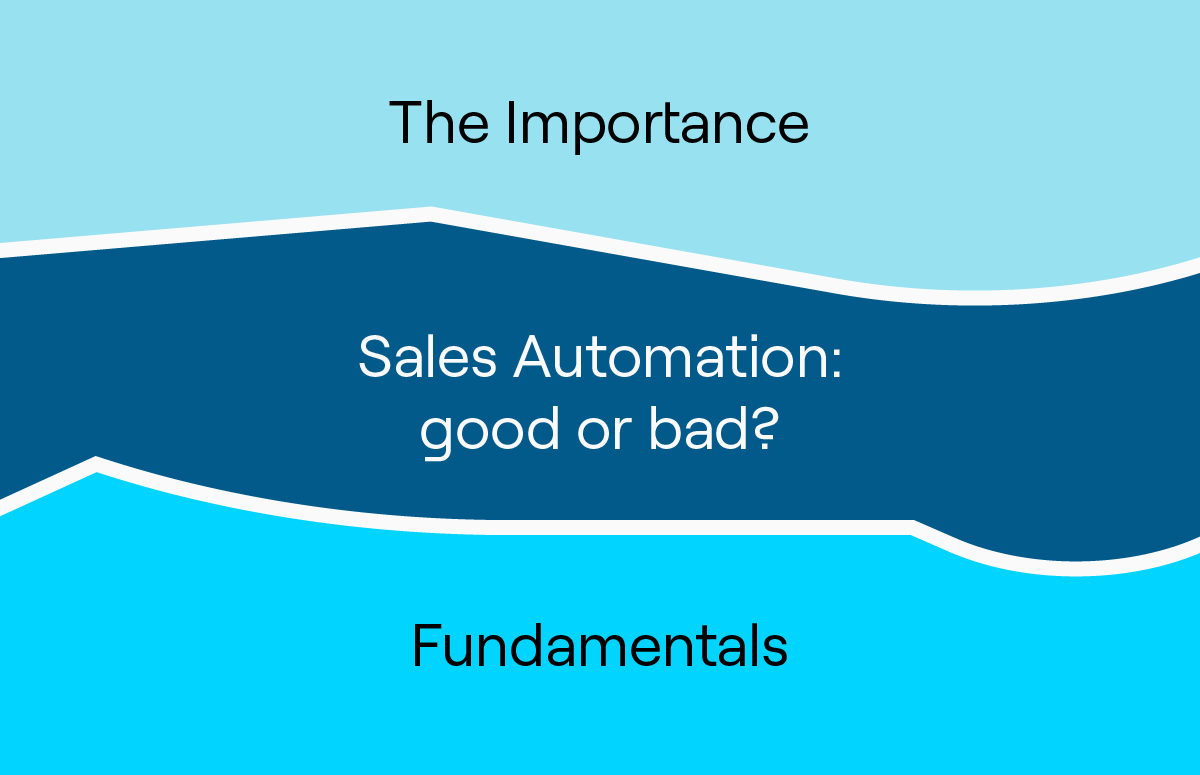Motivating Your Sales Team: 9 Proven Strategies
What's on this page:
When it comes to how to motivate sales teams, there’s no one better to speak to than Cognism’s Director of Sales Development, David Bentham and Hugh Campbell, Cognism’s EMEA SDR Manager.
According to David:
“A motivated team is a happy team, and a happy team will produce results. Happy and engaged people will always perform better than anybody else.”
We spoke to David and Hugh to get an insight into ways to motivate a sales team and picked our favourites. Scroll 👇 to see them!
1. Offer continuous training and development opportunities
Cognism offers 3 hours of training per week for each staff member, regardless of seniority. Even the most experienced sales veterans take comfort in knowing they have room to grow.
David explained:
“It’s common for sales professionals to feel their progress stagnates over time. By providing training, you will help them to unlock their potential. As they progress, your team will feel more confident and motivated.”
Also, upon joining the company, David assigns each new starter a mentor. This provides them with a place to ask questions and get valuable feedback.
David brings in various external trainers for group training sessions. This helps Cognism’s B2B sales team to diversify their skills and explore new ideas.
Continuous training is a great way to motivate a sales team. It leads to a dynamic and fulfilled workforce.
2. Be transparent about the business and team objectives
In an outbound sales team, it’s easy to get wrapped up in your personal performance and forget about the bigger picture. Over time, this can make an employee feel less valuable.
David said:
“If your team understands the company’s goals, they will understand their individual goals. This prevents demotivation, as team members will have a better idea of their impact on the company’s growth.”
Here’s how to motivate your sales team:
If the company has a goal of reaching $10 million ARR, make sure each individual knows how they, personally, can work towards that goal.
3. Base your team structures on the people you hire
We all know the importance of hiring the right salespeople, but to get the most out of them, it’s vital to create team structures with them in mind.
Yes, you must base the goals you set for your employees on your business’s goals. But you must also recognise and respect their personal goals.
David said:
“Cognism hires a lot of graduates for entry-level sales positions. We grant employees greater responsibilities in a shorter space of time if they’re consistently meeting their targets.”
“This is proven to motivate graduate employees.”
Building a team structure that fits the team will make your colleagues feel comfortable and confident. It’s a great foundation for motivating a sales team.
4. Make performance goals attainable
David sets his B2B sales KPIs as a minimum expected result. He recognises that frequently failing to meet overly-ambitious goals will demotivate your team.
David pointed out:
“At Cognism, at least 80% of our sales team are meeting their goals every month.”
Similarly, if the goals are hard to achieve because they’re relevant to the team, but not the individual, this will also demotivate your staff. People get into sales to reap the rewards of their individual performance; this self-starter attitude is a key driver!
Here’s a trick for how to motivate a sales team:
Once your team starts reaching their goals early, increase the bonuses exponentially. This will reward employees who go above and beyond and ingrain high performance into the company’s culture.
Additionally, you may want to consider introducing customised recognition awards to further incentivise exceptional work.
5. Offer regular incentives
Offering sales incentives is a great way to introduce some fun, healthy competition into your team.
David highlighted:
“If you’re going to use incentives, make sure that every person in your team could win it. We reward the highest performers through their commission. Extra incentives should be available to any member of the team.”
One way of maintaining a level playing ground is by incentivising input rather than output. For example:
Give a prize to whoever makes the most cold calls in a month, rather than whoever closes the most deals. Less experienced employees will be motivated by the chance to take on the top performers and win!
Want a creative way to motivate a sales team?
David regularly runs a scratch card incentive. He puts the team into pairs, based on experience, and buys one scratch card for every pair. Whoever has the best numbers at the end of the month gets to scratch it.
It’s a fun competition which motivates the team to outperform their peers, especially when the alternative could be missing out on a £1 million winning scratch card!
6. Make sure that your team have all the tools they need
When it comes to providing SDRs with the tools they need, David’s message is clear.
“If the team needs something to improve their job, we’ll provide them with it. This means investing in the best CRM on the planet,, providing the best outreach tools, and providing the best B2B data.”
David creates an environment where his sales team can thrive by giving his SDRs everything they need to succeed.
7. Give experienced SDRs additional responsibility
Sometimes when an SDR has a long tenure, their motivation can dwindle.
Why does this happen? It’s because they’ve been doing the same thing for so long!
How do you get around this?
Hugh Campbell explained:
“If you give them a bit of extra responsibility, it makes them feel empowered. It makes them feel like they’re doing something different, which is interesting and a change from the day-to-day.”
“It gives them another focus and, as a result, re-energises them.”
Here’s what these responsibilities could look like 👇
- Running training sprints.
- Working with marketing to build out a cold calling playbook.
- Creating and analysing outreach sequences.
8. Get the sales team together in person
Hugh noticed a 130% uplift in performance with people in the office compared to working from home.
Hugh told us:
“We try to get people in the office as much as possible. It’s quite corny, but we have ‘turn up Tuesdays’, where everyone has to come in on Tuesday and hit it together.”
“When people are together, they’re more motivated, as opposed to cold calling from your bedroom. Because if you’re having a bad day, you can lean on the person sitting next to you and ask for advice.”
When a sales team is regularly in the same room, they absorb each other's energy and put it into their work. It’s obvious, but it’s one of the best ways to motivate a sales team!
9. Add elements of sales gamification
Gamification is a great way to motivate a sales team. It’s effective because it plays into fundamental psychological principles.
But what is gamification in sales?
Essentially it’s about rewarding SDRs for the behaviours that contribute to success. This makes them motivated to repeat these actions through positive reinforcement.
Hugh gave us an example:
“We’ve got SalesScreen - which is gamification software that tracks SDR activity. It has a leaderboard and notifies us when people have booked a meeting.”
“We have that on all day buzzing around, and it’s a bit of fun that keeps people engaged and motivated to keep going.”
Final thought
David had some final thoughts on how to motivate a sales team:
"You can cultivate a motivated team through a combination of company goals, individual goals, provision of incentives and great tools. They all serve the same purpose: the development of a positive mindset.”
“SDRs face a lot of rejection, and in the wrong conditions, can quickly become demotivated. Every motivational technique you use should make your team’s lives easier. Once you've done that, they can focus on fulfilling their ultimate goal - selling!”
Get more sales insights!
Many thanks to David Bentham and Hugh Campbell for this framework on how to motivate a sales team.
If you enjoyed this article, you’ll love The Blueprint. It contains invaluable insights that helped Cognism go from $10 million to $40 million ARR in under 2 years.
Click 👇 to check it out.




